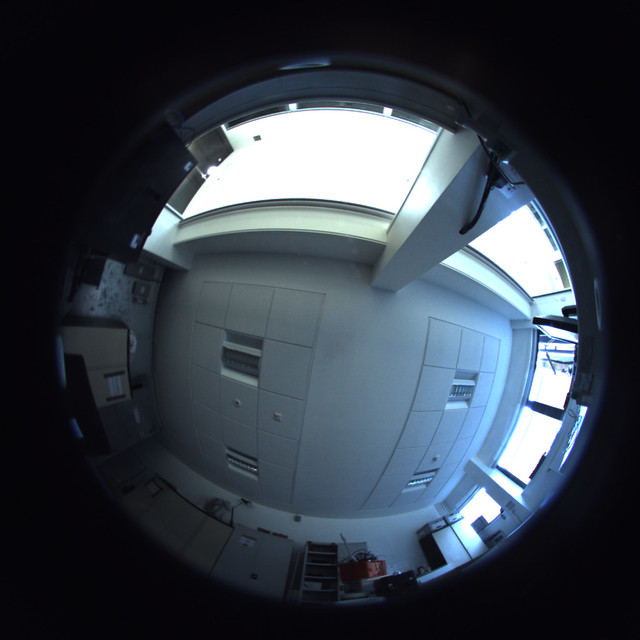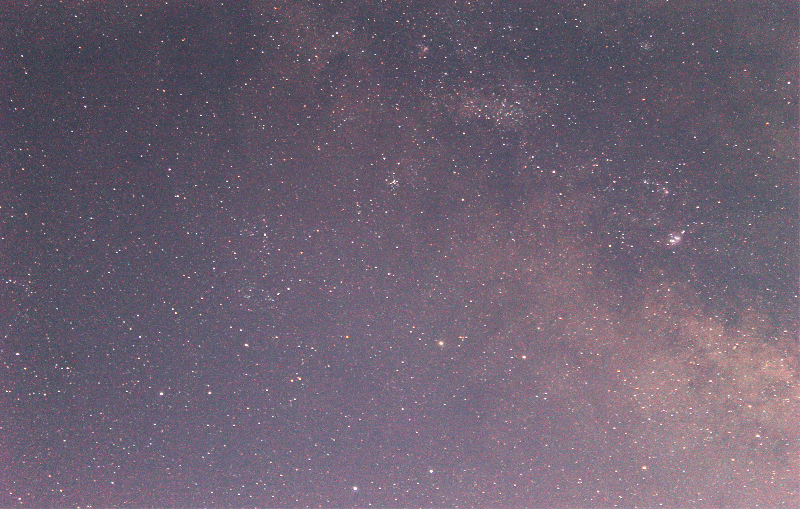A Python module for the AuroraWatch UK API
The first goal in the journey to create an automated all-sky camera system for AuroraWatch UK was to interface to the camera using Python. If you missed update #1 you can read it at here.One of the requirements of the camera software is to be able to change between different recording settings, for instance, in response to solar elevation and the AuroraWatch UK status level. Computing solar elevation is easily acheived with the astral module. For the AuroraWatch UK status level I began with fetching the status XML document but soon realised a much better approach was to write a Python module. The module automatically fetches the various XML documents, parses them and caches the results, both to memory and to disk.
I won't repeat the instructions for installing and using the module - that information is already given in an ipython notebook that you can view at https://github.com/stevemarple/python-aurorawatchuk/blob/master/aurorawatchuk/examples/aurorawatchuk_api.ipynb.





